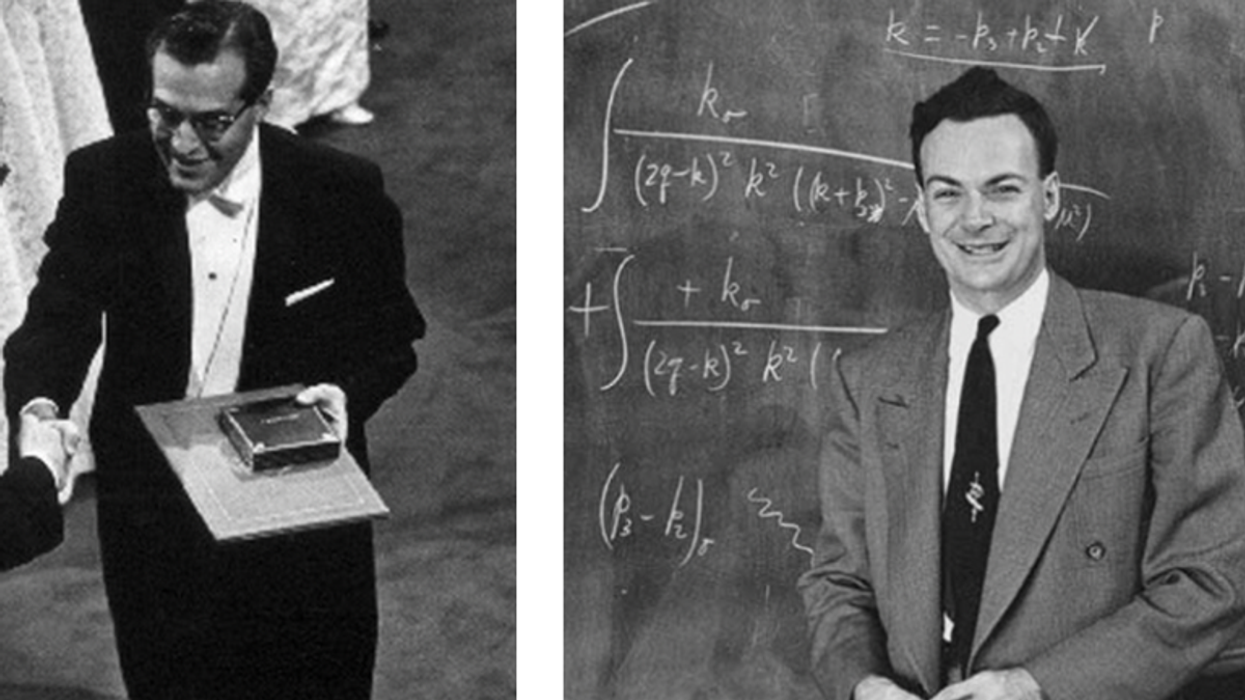Every year, Equal Pay Day is a solemn reminder of the fact that women by and large are not valued in the workplace. Originated by the National Committee on Pay Equity (NCPE) in 1996 in order to draw attention to the gender disparity, the day of observance marks the date that the average woman would have to work in order to earn the same pay that the average man earned the year before.
This year, the milestone lands on April 14. While Equal Pay Day is a great reminder of the inequalities at hand and the hard work ahead, the event falls short of addressing the financial inequality that men and women of color deal with. By lumping all minority groups into one statistic, the struggles of people of color can be erased all too easily.
The average woman makes 78 cents for each dollar that a man makes— black women 64 cents, and Latinas 56 cents. “Equal Pay Day” for black women lands on July 16. According to a study by The National Women’s Law Center from late last year, Latina and Hispanic women would have to work until October 8—nearly a full extra year—in order to make up the pay difference. That’s 21 months of full time work by a Latina woman in order to make what a white man makes in 12.
All people deserve equal pay, but it’s important for the pay gap movement to shine a light on the huge hurdles faced by people of color. The struggle of the white woman is valid and important, but it’s not the whole story. Here’s hoping that this year the unique obstacles POC face get the attention they deserve.
















 Otis knew before they did.
Otis knew before they did.